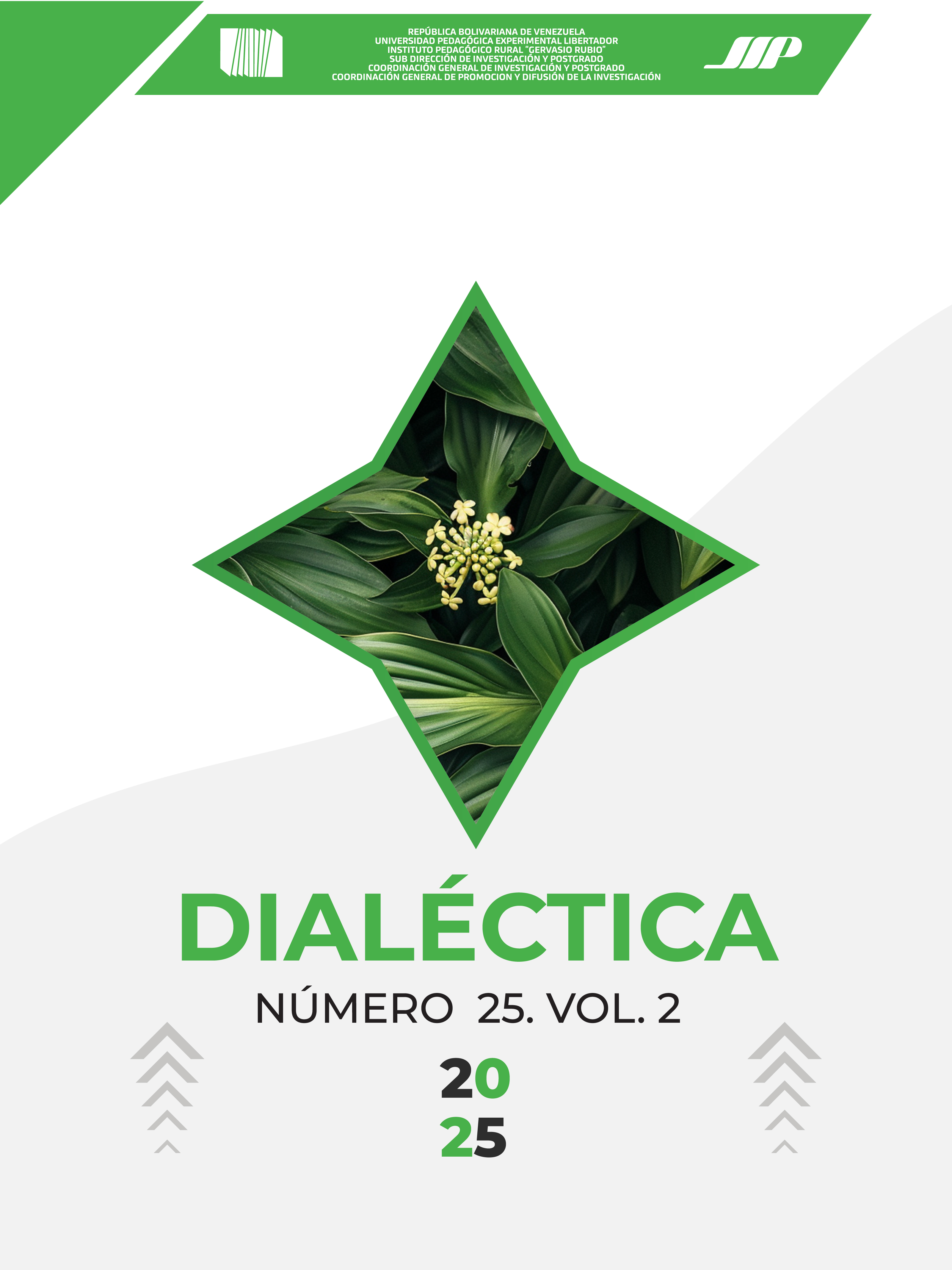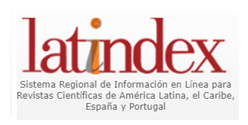SOCIAL NETWORKS AND THE INFLUENCE OF CYBERLANGUAGE IN THE EDUCATIONAL CONTEXT
DOI:
https://doi.org/10.56219/dialctica.v2i25.3994Keywords:
Social networks, Cyberlanguage, educationAbstract
Currently the demands of the globalized world have presented new means and forms of communication, in this sense, social networks symbolize a resource through which people called users interconnect anywhere in the world in real time, which allows them to know other cultures, ways of life, slang, languages and modes of expression. being adapted by other contexts such as trends or fashions of the present time. Hence, the importance of this scientific article focused on the documentary analysis of social networks and the influence of cyberlanguage in the educational context. For this reason, an inquiry was carried out with a qualitative and consequently interpretative approach, in such a way that knowledge was generated about this object of study, referring that interactivity arose from information and communication technologies, and this originated a world subordinated to information and communication technology. especially social networks arrived as means of transformation, and cyberlanguage was introduced as forms of oral and written expression, having repercussions and impacts at the educational level. Cyberlanguage in the academic writing context has entered rapidly, influencing young people mostly. This is because social networks are a primary source of transmitting messages. One of the aspects that can be denoted from the establishment of cyberlanguage is that the sense of the importance of knowing how to write has been lost and with it the academic writing context, which is understood as a problem in educational institutions.
Downloads
References
Arias, D; Ramos, T; Nuñez, L; e Inga, M. (2018). El ciberlenguaje juvenil universitario: Análisis de los textos de la página de Facebook “Confesiones”. Propósitos y Representaciones. Jul.-dic. 2018, Vol. 6, Nº 2: pp.339-405. Disponible en: http://dx.doi.org/10.20511/pyr2018.v6n2.238 DOI: https://doi.org/10.20511/pyr2018.v6n2.238
Barrera, L. (2005). El idioma de Internet: ¿Lengua virtual o lengua virtuosa?
Betancourt, A. (2010). El ciberlenguaje como variedad lingüística. Revista Educación, comunicación y tecnología. Vol. 4 No. 8 enero – junio de 2010. Medellín, Colombia.
Castells, M. (2001). La galaxia Internet. Madrid: Arete. DOI: https://doi.org/10.1007/978-3-322-89613-1
Estándares Básicos de Competencias. (2006). Ministerio de Educación Nacional.
Fraca. L. (2006). La ciberlingua. Una variedad compleja de lengua en Internet. Caracas: UPEL-IPC-IVILLAB.
Fraca, L. (2007) El chateo desde la ciberligüística. Revista Argos Vol. 24 Nº 46/ pp. 25-37
Gómez, J. (2005). La Cibergrafía ya es realidad. [Intervención tenida en el “VII Congreso y Asamblea de la Sociedad Española de Periodística (SEP)”, celebrado en Sevilla entre los días 7 y 9 de marzo. pp. 268-277]
Ministerio de Educación Nacional. (2006). Estándares Básicos de Competencias en Lenguaje, Matemáticas, Ciencias y Ciudadanas: Guía sobre lo que los estudiantes deben saber y saber hacer con lo que aprenden. Revolución educativa. Colombia aprende. Primera Edición.
Naciones Unidas (2018), La Agenda 2030 y los Objetivos de Desarrollo Sostenible: una oportunidad para América Latina y el Caribe (LC/G.2681-P/Rev.3), Santiago.
Ramírez, R. (2011). Del homo sapiens al homo digitalis: las propuestas escriturales en los blogs literarios en Venezuela. Revista Arbitrada de la Facultad Experimental de Arte de la Universidad del Zulia. Maracaibo, Venezuela. Año 6 N° 11. julio – diciembre. pp. 50 – 55.
Rosenblat, A. (1971). Nuestra lengua en ambos mundos. Estella (Navarra): Salvat Editores, S.A.
Torres, M. (2020). El proceso de la escritura en estudiantes adolescentes Sordos: Mensajería de texto. [Disponible en linea]: [https://sid-inico.usal.es/idocs/F8/ART11925/proceso_escritura_en_estudiantes.pdf]
Downloads
Published
How to Cite
Issue
Section
License

This work is licensed under a Creative Commons Attribution-NonCommercial-ShareAlike 4.0 International License.
La revista Dialéctica conserva los derechos patrimoniales (copyright) de las obras publicadas, que favorece y permite la reutilización de los mismos bajo la licencia Creative Commons Atribución-NoComercial-CompartirIgual 4.0 , por lo cual se pueden copiar, usar, difundir, transmitir y exponer públicamente, siempre que se cite la autoría y fuente original de su publicación (revista, editorial, URL y DOI de la obra), no se usen para fines comerciales u onerosos y se mencione la existencia y especificaciones de esta licencia de uso. Si remezcla, transforma o crea a partir del material, debe distribuir su contribución bajo la misma licencia del original.











